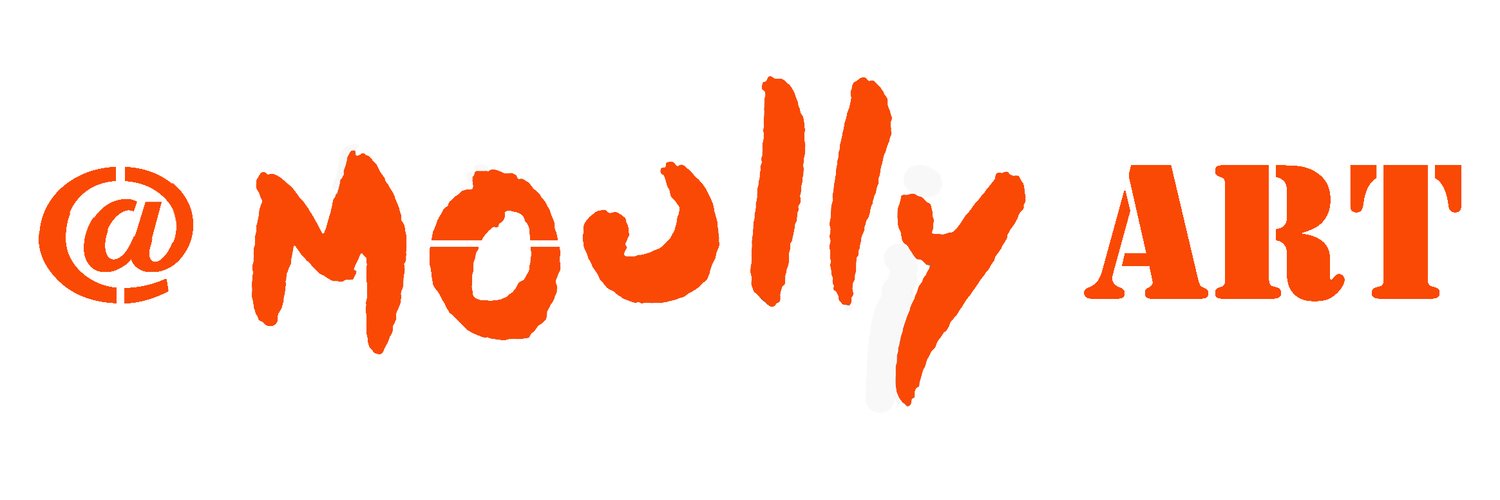This rabbi can paint, finding color in the black-and-white world around him
When Yitzchok Moully, a Chabad-Lubavitch rabbi, visits Pittsburgh for the first time later this month, one of his first stops will be the Andy Warhol Museum.
It might seem strange that a rabbi from the rigorously Orthodox movement has the Warhol on his to-do list, with its cutting edge and sometimes controversial art. But it was Warhol — one of Pittsburgh’s favorite sons and arguably the leading figure of the mid-20th-century pop-art movement — who has been a foremost source of inspiration for Moully, also known as “The Pop Art Rabbi.”
Take a look at Moully’s colorful, silkscreen prints and you might have to do a double take. At first blush, they look like they could be Warhols, but the repeated images separated into individual squares are not soup cans or sneakers or Marilyn Monroe; instead, Moully’s subjects include dreidles and apples and hamantaschen.
His vibrant creations, which range in style from Warholesque pop, to post-pop art and abstract, will be on display at the Galleria Mall of Mt. Lebanon throughout its Fall Art Show Oct. 9 to 18. The public is invited, free of charge, to a wine and cheese reception for the artist on Wednesday, Oct. 14 at 7 p.m. The event is a project of Chabad of the South Hills and is co-sponsored by the SteelTree fund on behalf of the Jewish Federation of Greater Pittsburgh.
Moully will be discussing “what’s a good Jewish rabbi doing painting,” he said in an interview.
His journey from a commune in the Australian outback, where he was raised by hippie parents, to the Rabbinical College of America in Morristown, N.J., to the world of art is a bit unorthodox.
The rabbi is a self-taught artist, having had no formal training, but he has reached a level of accomplishment where creating his vibrant contemporary pieces of Jewish art is no longer a hobby, but is now his sole means of paying the bills.
He works mostly in the medium of silkscreen, having learned the technique from the Internet beginning in 2006.
He said he owes his success to “God and Google.”
“My form of creativity up until then was photography,” he said. “But photography seemed too constrained to me. It was too real. When I came across silk screening, I thought I could take my photography and turn it into art.”
After he created his first piece, which took him about a year to complete, he stood back and said, “I’m on to something,” he recalled.
His work garnered some early attention from the media, including the Forward, which dubbed him “The Pop Art Rabbi.” He even was featured by Oprah Winfrey in an episode of “Oprah’s Next Chapter.”
Still, he had some self-doubt, not knowing whether he should in fact pursue his calling as an artist or focus solely on his day job as a Chabad youth rabbi in Basking Ridge, N.J. He asked his own rabbi and mentor for guidance.
“I said, ‘What am I doing? Am I being too indulgent?’” Moully recalled. “My rabbi said, ‘God gave you a gift. The question is, how can you use your gift to make the world a better place?’ That’s when I had a paradigm shift.”
Moully realized that while the work he was doing as a youth rabbi could be done by someone else, the work he was doing as an artist could only be done by him.
The message he will bring to Pittsburgh, along with a sampling of his work, will be the mandate to pursue one’s passion.
“We all have our unique abilities and passion, and we have to use our passion to serve God and to make the world a better place,” he said. “Everything we do has the potential to be a vehicle for our relationship with God and our relationship with others.”
One of the themes prominent in his work is that the Orthodox world is far from black and white but in fact is bursting with color.
His piece, “Orange Socks,” which shows the silhouettes of 12 Orthodox men in a line, all black, except for the orange socks on one of the men, is a case in point.
“‘Orange Socks,’” he said, is “somewhat of a self-portrait,” as the artist himself is partial to orange socks and even donned them at his own wedding.
“‘Orange Socks’ is about conforming and being an individual at the same time,” he said. “Torah and Judaism give us guidelines to live a fulfilling life; at the same time Torah asks us to make it personal, to find ourselves and find our individuality in expressing our faith.”
One of the most striking things about Moully’s work is his eye-catching use of color, which he explains probably emanates from his lack of formal art training.
“I’m unschooled professionally as an artist,” he said. “I was not taught that it was passé or too childish. The colors talk to me. I like bright colors.”
That his work is somewhat simple is part of the point, according to the artist.
“My work is accessible,” he said. “It is not highbrow. And that’s what I want. My work is my pulpit.”
Toby Tabachnick can be reached at tobyt@thejewishchronicle.net.

